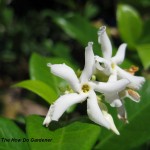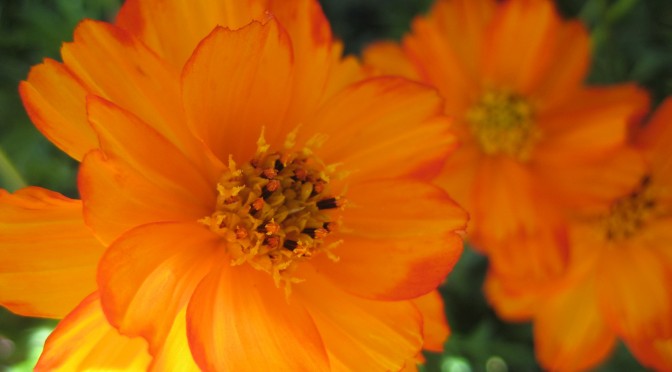Native plants are flowers, plants, trees, shrubs, vines, and grasses that have grown in and adapted naturally over time to a particular area based on that area’s soil conditions, typical rainfall, elevation, general climate, and weather conditions. They are an excellent way of introducing color, texture, and variety into your home landscape with plants that are easy to care for.
Benefits
Native plants offer many benefits over other traditional, but non-native, varieties. Among these are reduced irrigation needs, reduced pesticide use, reduced fertilizer use, resistance to pests and disease, and energy conservation. In essence, since they are able to grow and thrive on their own, you won’t have to put a whole lot of extra effort into caring for them once they are established.
I really like working in the garden; I find it relaxing to be out in nature and focused on whatever gardening task I happen to be working on. But let’s face it, we all know the meaning of the phrase “too much of a good thing.” By using native plants when ever possible, you can spend less time maintaining your landscape, and more time enjoying it.
Key to Success
The key factor in successfully integrating native plants, or any plant for that matter, into your home landscape is to chose the right plant, for the right purpose, that is adapted to the right part of the country. A native plant that is ideally suited to growing in shade in Seattle will probably not do well in full sun in Phoenix.
Irrigation and Fertilization
Native plants are used to “taking care of themselves” when it comes to their irrigation and fertilization needs. Because they are so well adapted to a particular climate, and the typical fluctuations in temperature and rainfall that occur over time, they do best without heavy supplemental irrigation and fertilization. We all sometimes get an “itchy trigger finger” with our garden hoses when we are out in the yard watering our plants. But over watering and fertilization will kill a native plant much faster than a regional drought.
Reduced Pesticide Use
Just as native plants are well adapted to a certain area, each area of the country has its own “native pests.” The pests and the native plants have been trying to eat or repel each other for a long time. They have eventually reached equilibrium where either a given native plant is not damaged at all, or very little, by these pests. Which means that you typically don’t have to use pesticides on them.
Energy Conservation
You may be wondering how a native plant can help with energy conservation. After all, you can’t plug your toaster into your Oak tree. But, by properly placing native trees, shrubs, and vines in your landscape, you can significantly modify the micro-climate around your home to make it more energy efficient and lower your utility bills.
Your Roof
Large trees that shade the roof of a house can reduce the temperature in the house by as much as 8 to 10 degrees. By using native deciduous trees, trees that lose their leaves in the winter, you get the best of both worlds. Shade from sun in the summer, and sunlight reaching your roof in the winter will help in keeping it warm.
Your Air-conditioner
Use smaller trees and shrubs to provide shade for outside air-conditioner units. Just be sure not to obstruct the airflow, and to leave room for service access. A study by the American Refrigeration Institute shows that this practice can reduce the temperature inside a home by as much as 3 degrees.
 Your Wall
Your Wall
For exterior walls that receive severe summer sun, try using a vertical trellis, about one foot away from the wall, with a native vine growing on it. This will allow air circulation behind the trellis, the foliage will block the sun in the summer, and when it dies back in winter, will allow the sun to reach the house to help keep it warm.
Resources
Your local Cooperative Extension office is always a great source of information, not just about native plants, but about any plant, tree, vegetable, turf grass, or general gardening question you may have for your region. Check out my March 2011 article with links to the Cooperative Extension office for each state.
The Lady Bird Johnson Wildflower Center, The University of Texas at Austin, has an excellent web tool in their Native Plant Information Network for finding the native plants that are specific to each state, and recommended for various purposes.
Summary
Native plants make an attractive and easy to care for addition to any home landscape. You don’t have to tear out all of your existing grass, trees, plants, and shrubs to enjoy them. Try different varieties and locations to find what works best in your yard. Remember, once they are established, to just let them take care of themselves, and you can just sit back and enjoy.


